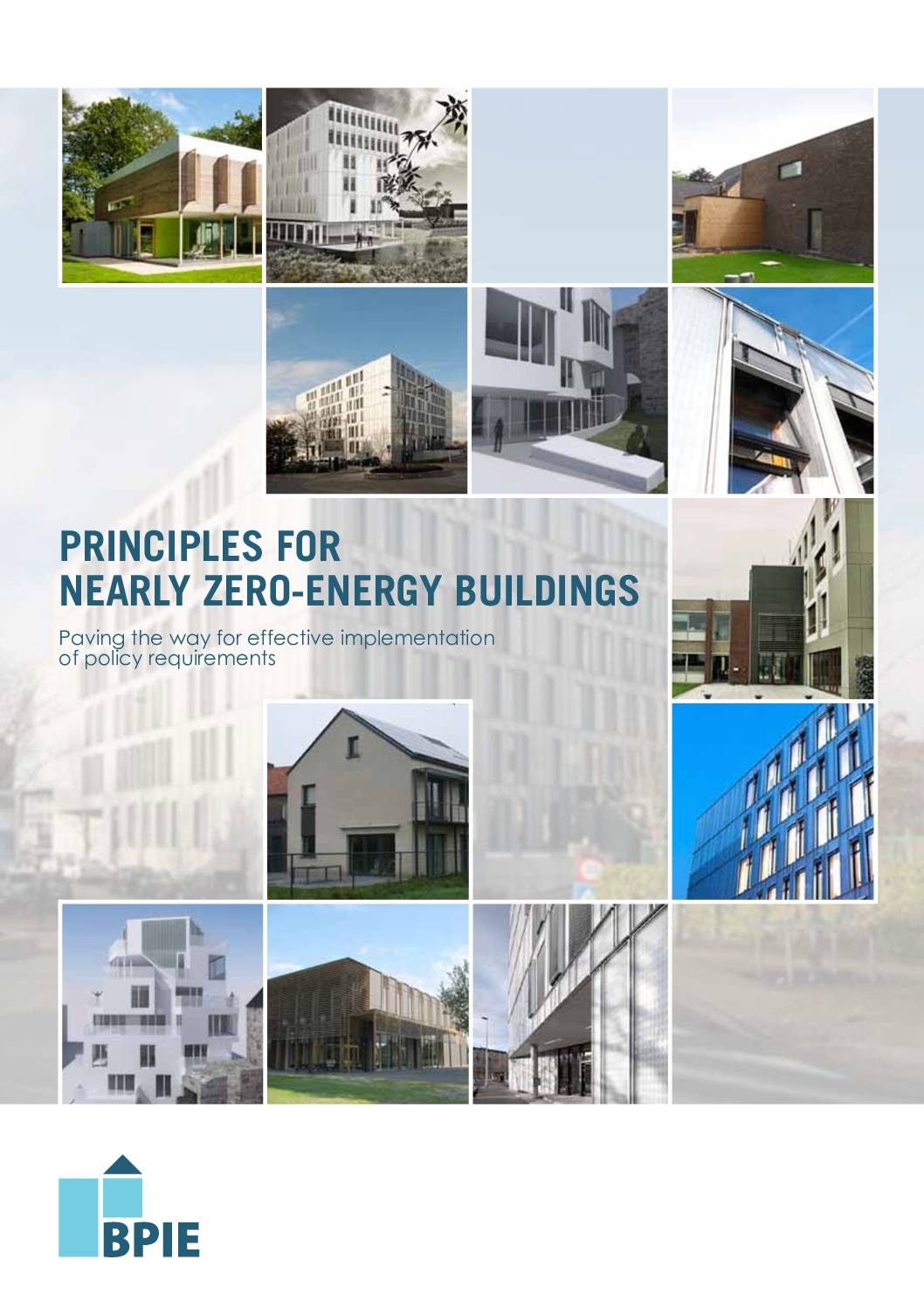The overarching objective of this study is to contribute to a common and cross-national understanding on:
an ambitious, clear definition and fast uptake of nearly Zero-Energy Buildings in all EU Member States;
principles of sustainable, realistic nearly Zero-Energy Buildings, both new and existing;
possible technical solutions and their implications for national building markets, buildings and market players.
The study builds on existing concepts and building standards, analyses the main methodological challenges and their implications for the nZEB definition, and compiles a possible set of principles and assesses their impact on reference buildings. Subsequently the technological, financial and policy implications of these results are evaluated. Finally, the study concludes by providing an outlook on necessary further steps towards a successful implementation of nearly Zero-Energy Buildings. The structure of the study is presented in the figure below.
Share this

Sectors: Buildings, Cross cutting, Finance, Industry, Power sector
Country / Region: Europe
Tags: building types, implementation, market playersIn 1 user collection: Building Efficiency Accelerator: General Resource Collection
Knowledge Object: Publication / Report
Published by: Buildings Performance Institute Europe
Publishing year: 2011
Author: Buildings Performance Institute Europe
